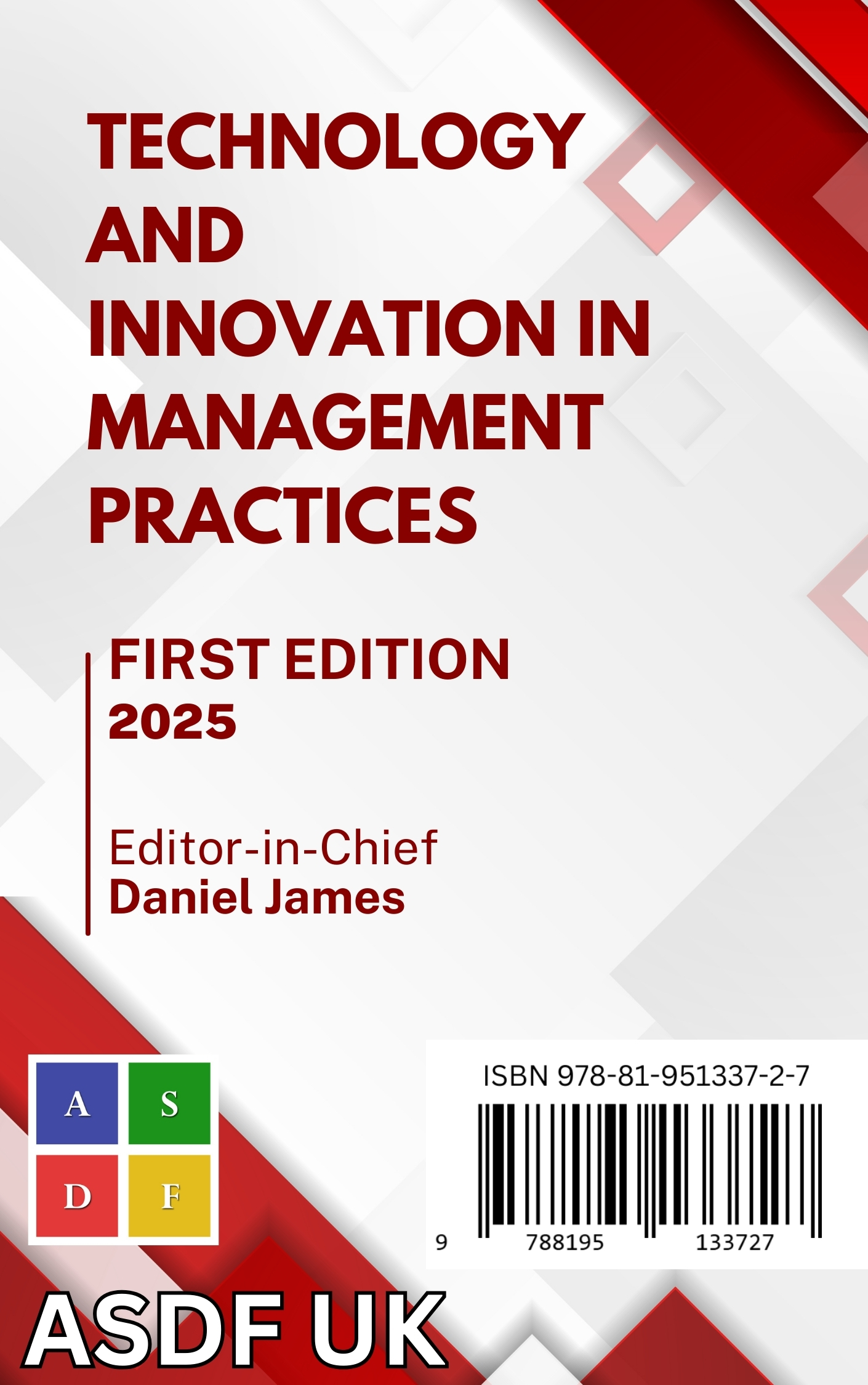- Publication Meta:Value
- Short Title:TIMP 2025
- Publisher:ASDF, UK
- ISBN 13:978-81-951337-2-7
- ISBN 10:81-951337-2-X
- Language:English
- Type:Hard Bound - Printed Book
- Copyrights:London, United Kingdom
- Editor-in-Chief:Daniel James
- Date:20 February 2025
- Submitted Articles:38
- Acceptance Rate:31.57%
- Website:www.asdf.international/feb2025book/
Welcome to ASDF Electronic Digital Library!
TIMP 2025
TIMP 2025
Technology and Innovation in Management Practices 2025
Article 002
Innovative Technologies for Teaching Physics
S S Jayabalakrishnan
Assistant Professor of Physics & Head, Mannar Thirumalai Naicker College, Madurai, Tamil Nadu.
Abstract
This paper investigates how digital learning tools can improve physics teaching. According to the authors, these technologies can offer chances for individualized and flexible instruction as well as include students in active and collaborative learning experiences. The article examines the possible effects of a number of digital technologies on student learning outcomes, including mobile applications, virtual reality, and simulations. The authors also point out the advantages of using digital tools in physics education, including higher levels of student engagement and motivation, better conceptual comprehension, and greater problem-solving abilities. The constraints and difficulties of integrating digital technologies are also covered in the piece, including concerns about fairness, accessibility, and teacher preparation. The authors stress in their conclusion the need of using digital tools in physics education with consideration for both student requirements and educational objectives. This paper highlights the need for more research and development of these tools while offering a useful summary of the possible advantages and difficulties of using digital educational technologies in physics instruction.
Keywords
Author's Profile
Author profile can be generated and linked through our partners World Book of Researchers. To include your profile online Click Here. After it is approved, please email to edlib @ asdf.res.in to create a link with all the articles.
e-AID
2025.timpfeb.002
Cite this Article as Follows
S S, J. (2025). Technology and innovation in management practices: TIMP Feb 2025 [Hard Bound]. In D. James (Ed.), Technology and Innovation in Management Practices (1st ed., Vol. 1, pp. 10–15). ASDF International. https://edlib.net/2025/timp1/timpfeb2025002.html
© 2010 - by EDLIB . All rights reserved.

